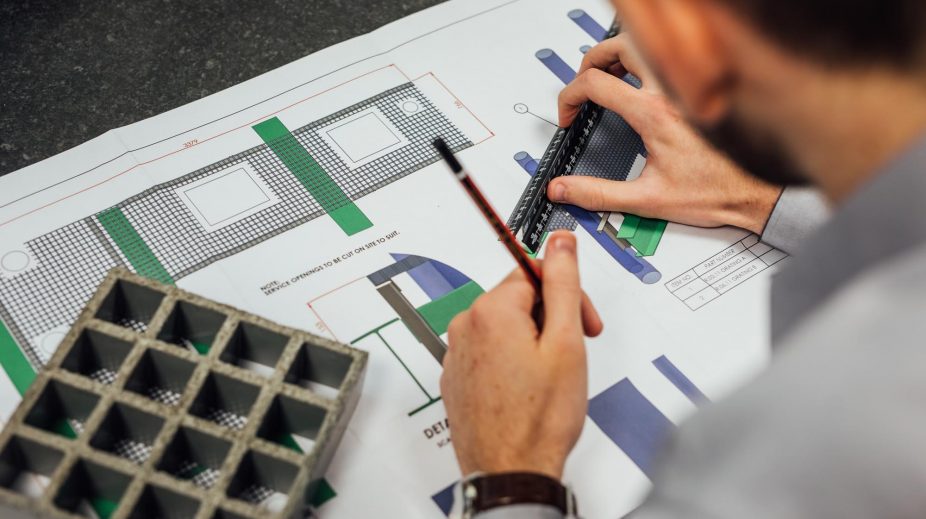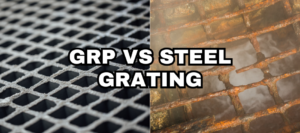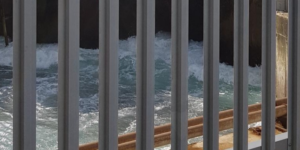June 22nd is World Rainforest Day.
Founded in 2017 by Rainforest Partnership, World Rainforest Day celebrates the importance of healthy, standing rainforests for climate, biodiversity, culture, and livelihoods— and convenes a global movement to protect and restore them.
To support the World Rainforest Day and contribute to the global environment, companies develop products and solutions to be eco-friendly and provide green benefits.
Just like Relinea GRP Solutions. We develop our products with the environment in mind. We are known for providing GRP products and services that continually improve the quality of life and the environment by fulfilling society’s need for infrastructure including, clean water, construction, transportation, and reliable energy – in a sustainable way.
In this article, we discuss how our GRP solutions can lead to a cleaner and greener future.
It is a well known fact that the production and use of traditional materials such as wood and metal raise numerous environmental concerns.
Why are rainforests being destroyed?
Fuelled by high demand for timber products, legal and illegal logging are important drivers of Amazon rainforest destruction. Increasing global demand for low-cost timber products supports a multi-billion dollar business of illegal and unsustainable logging in forests worldwide.
According to the World Wildlife Fund, logging in violation of national laws accounts for 8-10% of global production and trade in forest products. It also represents 40-50% of all logging in some of the most valuable and threatened forests on earth.
Rainforests and Climate Change
Deforestation is in fact considered the second major driver of climate change (more than the entire global transport sector), responsible for 18-25% of global annual carbon dioxide emissions. The Amazon rainforest alone stores 120 billion tons of carbon. Rainforest clearance has put many tropical countries on the list of the world’s worst emitters – Indonesia is third, Brazil fourth.
Rainforests also store vast amounts of water, and clearing them severely disturbs the water cycle. This can lead to droughts at the regional level and changes to global weather patterns – with potentially devastating consequences.
The Impact of Steel
The environmental impact of steel is enormous. Steel production is one of the most energy-consuming and CO2 emitting industrial activities in the world. The world produces enough steel to build an Eiffel Tower every 3 minutes. That’s 180,000 Eiffel Towers in one year. Side by side they would go from Paris to New York three and a half times.
The main ingredient in the production of steel is iron ore mined from Earth. Over 2,000 million tons of iron ore is mined mined a year – about 95 percent is used by the steel industry. Iron ore is the world’s third most produced commodity by volume – after crude oil and coal – and the second most traded commodity – only beaten by crude oil.
The mining of iron ore is highly energy intensive and causes air pollution in the form of nitrous oxide, carbon dioxide, carbon monoxide, and sulphur dioxide from diesel generators, trucks and other equipment. The mining of iron ore also causes water pollution of heavy metals and acid that drains from the mines. Acid drainage can go on for thousands of years after the mining activities have stopped.
The world’s most energy consuming industry
The making of steel from the mined iron ore is also highly energy demanding. Production of steel is the most energy-consuming and CO2 emitting industrial activity in the world. Steel requires about 20 gigajoules of energy per ton produced. Three quarters of the energy comes from burning coal.
You can find out more about how detrimental the production of steel is here.
Environmental benefits of GRP
Low-Impact Manufacturing
GRP is environmentally friendly because of the way it is manufactured. When manufacturing materials such as steel or aluminium, one of the biggest environmental issues is the creation of harmful by-products. These by-products are subsequently released into the atmosphere, where they add to air pollution and have a negative impact on the environment.
In contrast to alternative materials such as aluminium and steel, GRP emits very few harmful products into the air. The manufacturing process for GRP products involves pultrusion, which minimises the release of volatile compounds and air pollutants.
Furthermore, the curing procedure for glass fibre products is exothermic, meaning it releases heat – which, in turn, conserves a considerable amount of energy. GRP production uses on average 75% less energy than steel production, and its carbon footprint is very low.
Extreme Durability
A major reason why GRP is such an environmentally-friendly product is that it is extremely durable with a 50+ year lifespan. The resins in GRP products are incredibly strong and long-lasting and can last for decades with little to no maintenance. As a result, they benefit the environment as well as your business by being extremely cost-effective and more sustainable solution.
Lightweight
GRP structures are 75% lighter than steel which means 50% less energy is needed for transport and assembly. Cutting down fuel consumption lowers carbon emissions, and due to its lightweight nature, no heavy machinery is need for on site installation.
Recyclable
GRP waste is often shredded and processed to create a high-grade alternative for the cement industry, where it is used as a fuel and mineral raw material. GRP products are also commonly upcycled for use in a wide range of non-standard applications.
Our customers in industries worldwide are moving towards an eco-friendlier future. They need alternatives to traditional materials such as steel, concrete, and wood. We are committed to providing the solutions to help our customers achieve their environmental objectives while meeting their requirements for performance, strength, and economic value.
Find out more about the sustainability of Relinea GRP products here.










